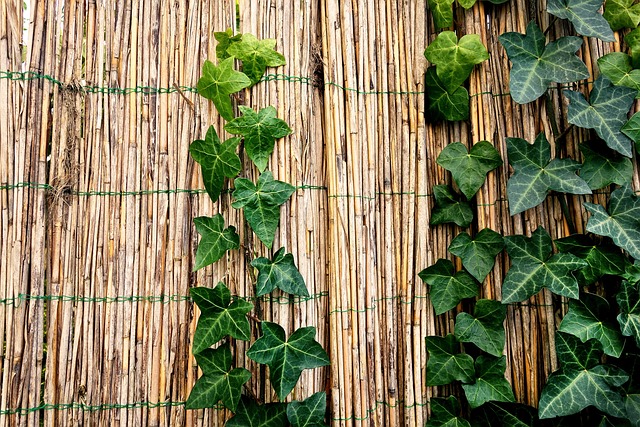DIY Fence Installation Tips for New Bedford, Massachusetts Homeowners
Considering a DIY fence installation? For New Bedford residents, this project offers an opportunity to enhance property value and curb appeal. Before you begin, understand your fencing options tailored to local conditions and architectural styles. This guide walks you through the process, from measuring and planning to acquiring materials and final touches, ensuring a successful and safe installation. Let’s transform your outdoor space with these practical DIY tips.
- Understanding Your Fence Options for New Bedford Homes
- Measuring and Planning Your Fence Layout
- Acquiring Necessary Tools and Materials
- Preparing the Ground for Installation
- Step-by-Step Guide to Fence Assembly
- Final Touches and Safety Considerations
Understanding Your Fence Options for New Bedford Homes
When it comes to fencing your New Bedford, Massachusetts home, there’s a world of options available. From traditional wooden fences that offer classic charm and property demarcation to modern vinyl options that require little maintenance, each style serves unique purposes and aesthetic preferences. Consider factors like privacy, durability, local climate, and budget when selecting the right fence type for your space.
Researching different fencing materials and designs specific to New Bedford’s architectural landscape will ensure you make an informed decision that blends with your neighborhood’s overall look while enhancing your home’s curb appeal and providing functional benefits like security and privacy.
Measuring and Planning Your Fence Layout
Before you begin installing your fence, it’s crucial to spend time planning and measuring your desired layout. Start by assessing the perimeter of your property, taking note of any existing structures, trees, or other obstacles that could impact where and how your fence is placed. Use a tape measure to accurately gauge the length and width of the area you want to enclose.
Next, decide on the type of fence best suited for your needs and New Bedford’s local regulations. Consider factors like material (wood, vinyl, or metal), height, and style (fences can range from simple post-and-rail designs to complex picket fences). Once you have a clear vision, create a detailed plan, including measurements, that will guide you throughout the installation process.
Acquiring Necessary Tools and Materials
Before beginning your DIY fence installation project, it’s crucial to gather all the necessary tools and materials. This includes measuring tape for accurate dimensioning, a post-hole digger or hand shovel for excavating, and a hammer or power drill for setting posts. Don’t forget fencing materials like posts, rails, and pickets, along with any required hardware such as brackets, screws, and fasteners. It’s also beneficial to have a level for ensuring your fence is straight and secure, and safety gear like gloves and eye protection to shield you from debris.
Ensure your list includes any additional items specific to your fence style, like gate hardware if you plan on installing a gate. Local building codes might also mandate certain materials or accessories, so check with New Bedford’s relevant authorities before starting your project.
Preparing the Ground for Installation
Before installing your fence, preparing the ground is a crucial step. Start by clearing the area of any debris, plants, or rocks that could interfere with the process. This includes trimming back any overgrown vegetation and ensuring a clear path for your tools and materials.
Next, level the ground to create an even surface. Use a garden rake or a levelling tool to smooth out any uneven spots. This step is essential for a stable fence installation, as it ensures that each post will be securely planted in the same depth and angle.
Step-by-Step Guide to Fence Assembly
To install your new fence, start by laying out the perimeter of your desired fence line using string and stakes. This will ensure a straight and uniform barrier. Next, dig holes for each post, ensuring they are deep enough to provide stability—typically around one-third of the post’s height. Place the posts in the holes, backfilling with concrete to secure them firmly in place.
Allow the concrete to set completely before attaching the fence panels. Use brackets or hardware specified for your fence material to connect the panels to the posts. Ensure each panel is level and securely fastened, checking connections at corners and gates for added strength.
Final Touches and Safety Considerations
Once your fence is properly installed, it’s time to focus on the final touches and safety considerations. This includes ensuring all hardware is securely fastened, checking for any visible gaps or misalignments, and adding a protective coating or sealing agent to prolong the life of your fence. Inspect the area around the fence for potential hazards, such as low-hanging branches or uneven terrain, which could cause tripping hazards. Install proper lighting if necessary, especially in areas with limited visibility, to enhance safety and security for both you and your neighbors.
